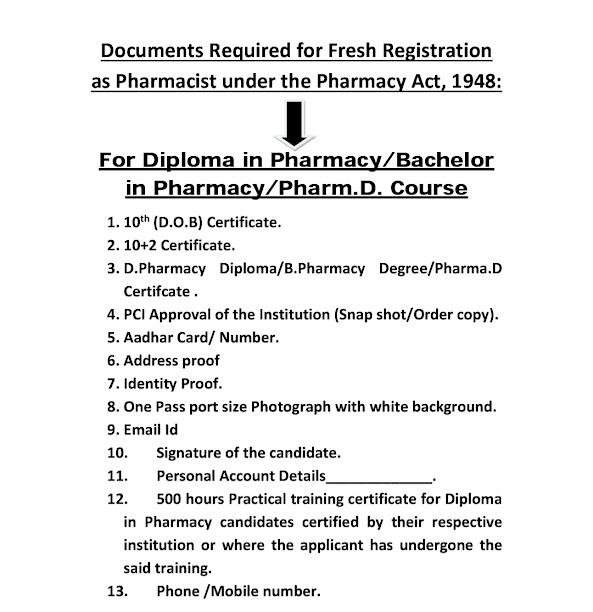TO SYNTHESIZE BENZYL ALCOHOL FROM BENZALDEHYDE
Reference:
Vogel's textbook of practical organic chemistry revised by B. S.
Furniss, a. J Hannaford, P.
W. G. Smith, A.
R. Tatchell, Fifth Edition, ELES,
1989, page no - 1029.
Requirements:
Apparatus - Beaker,
Conical Flask, Round Bottom Flask, Water Bath Vessel, Reagent Bottle,
Separatory Funnel, Funnel, Measuring Cylinder.
Pipette, Condenser, Stirrer, Spatula, Etc.
Chemical: - Potassium Hydroxide, Ice,
Benzaldehyde, Ether, Sodium Metabisulphite, Sodium Carbonate, Anhydrous
Magnesium Sulphate.
Instrument - Rotary
Evaporator, Hot Air Oven, Vacuum pump.
Melting Point Apparatus.
Principle: Refer
experiment for synthesis of benzoic acid from benzamide’-
Figure 07 A typical assembly for purification of liquids
by simple distillation at atmospheric pressure
Procedure:
I.
Dissolve 29 g of potassium hydroxide in
27 ml of water in a beaker or conical flask, and cool the solution to about 20C
in ice water. Pour this solution in
250ml reagent bottle and add 32g (30 ml, 0. 3 mol) of pure benzaldehyde. (ork bottle and shake it vigorously until it
has been converted into thick emulsion and allow the bottle to stand overnight.
II.
Add just sufficient water (about 105 ml)
to dissolve the potassium benzoate which but comed poar this mixture into a
separatory funnel, rinse reagent bottle with about 30 ml of ether and add this
ether to the solution in the funnel.
III.
Shake the solution in order to
thoroughly extract the benzyl alcohol with the ether, separate the lower
aqueous solution and carry out further extractions each with about 25 ml of
ether.
IV.
Combine the ether extract and distil the
ether from a water bath (rotary evaporator) until the volume is about 25 ml.
V.
Cool and shake the ether solution twice with
5ml portions of saturated sodium metabisulphite solution in order to remove any
benzaldehyde which may be present.
VI.
Separate the ethereal solution wash it
with 10ml of 10% sodium carbonate solution to ensure complete removal of
bisulphite, then with 10ml of water and dry with anhydrous magnesium sulphate
or anhydrous sodium carbonate.
VII.
Remove the ether on a water bath and
distil the residual liquid from an air bath.
Replace the water condenser by and air condenser or empty the water
completely from the condenser jacket.
VIII.
Collect the benzyl alcobol at 204-207 C. Pure
compound boils at 205.5 C. The yield is 13g (86.5%).
Reagent Preparation:
Sodium
carbonate solution (10% w / v) - Dissolve 10g of sodium
carbonate in sufficient water to produce 100 ml
Result:-





